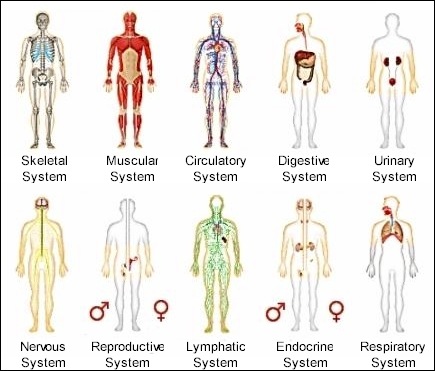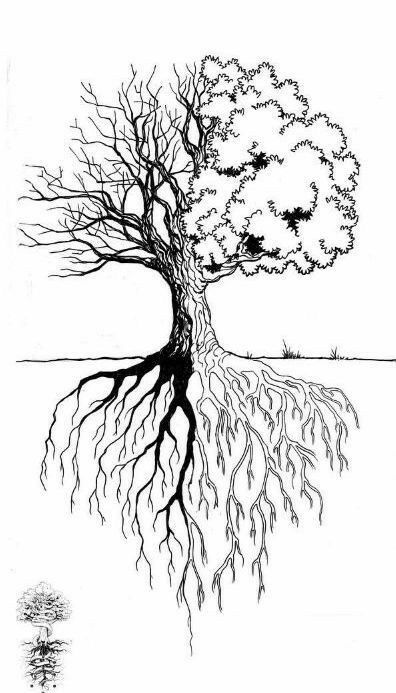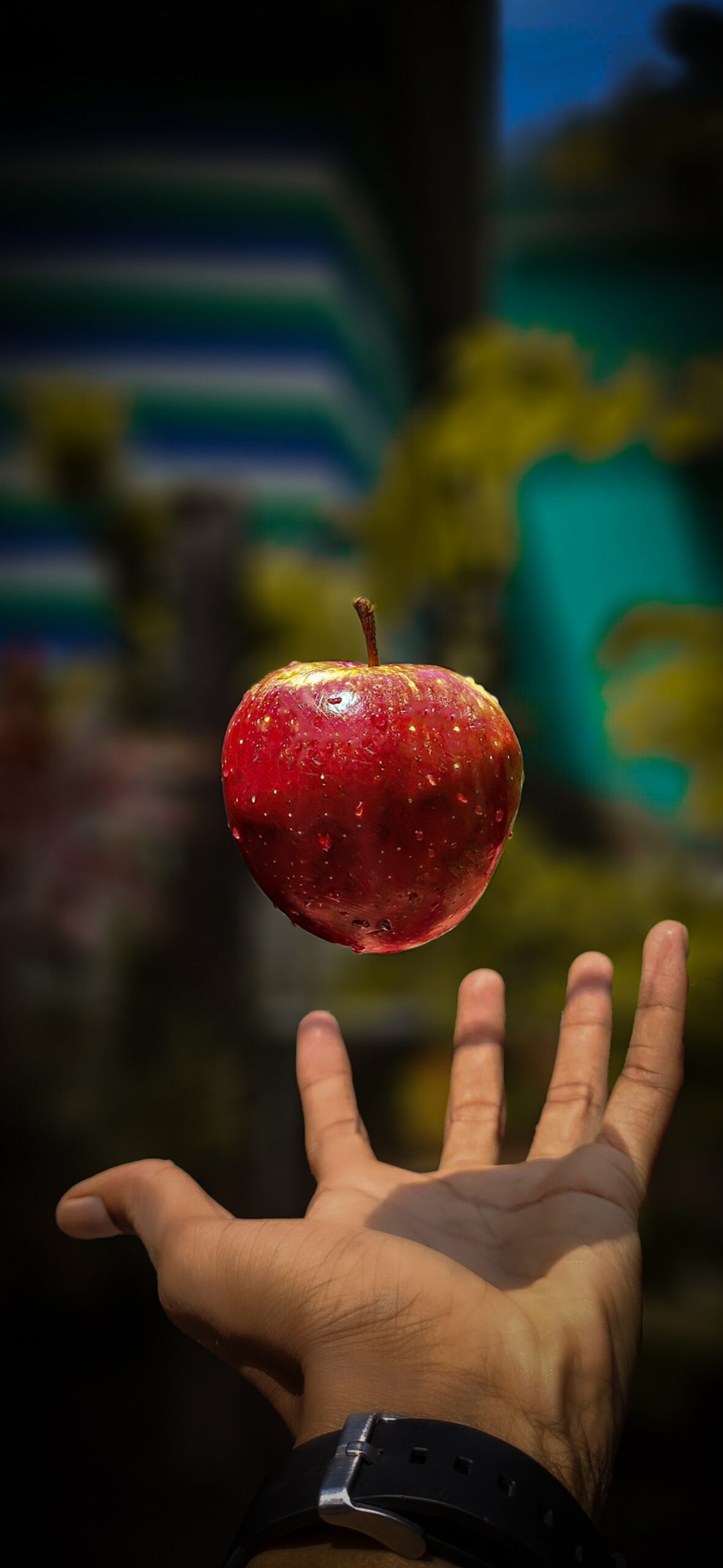Time: 90 minutes
Material: skeleton, body trunk (skeleton and body trunk are usually available in the district), and video projector.
Space: classroom
Focus: Analogy, Interconnectedness
The Trick is to Seek and Maintain Balance in the Human Body
Theme: Gravity, Human body systems, Posture.
Integrating multisensory techniques into teaching ensures that any student with undiagnosed impairment will still find multisensory instruction engaging, helpful and fun.
According to Gardner’s writings on multiple intelligences, this activity intends to develop the body kinesthetics and the spatial intelligence. The bodily kineasthetic intelligence is not only the ability to control your body movements and objects in your grasp, but also the skill to feel what is happening inside your own body. Combining the spatial intelligence – the ability to visualize in thought and analyse images – with bodily kinaesthetic intelligence enhances the students’ learning.
The intent of this program is to invite students to understand how the structure and the functioning of the human body is impacted by the postures they adopt in their daily life activities. The functioning of the human body is dependent on how its structure respects certain physics rules: preserve the curves of the spine and keep the whole spine aligned with the line of gravity.
References
The interconnectedness in the human body.
The body has organs, each one having a function within a system. The body is made up of multiple systems, and each of them does different things simultaneously. To carry out these activities, each system depends on other systems in the body.
The posture, the attitude and the position taken by a human body affect the curves of this human body’s skeleton, and consequently the different systems of this body, since the function impacts the structure. This binome concept is quite useful to understand how rules of physics apply to the human body.
Step 1
Entrance Ticket
Give the students 5 minutes to review the previous lesson.
Make them brainstorm their findings through posing questions.
Step 2
Benefits of Good Posture
Video: The benefits of good posture – Murat Dalkilinç – YouTube
Watch the video with the students.

Step 3
Organs and Systems
Watch this video:
Using the trunk of human body, ask students:
Constitute group of students within which students pick up one organ from the trunk or the skeleton.
Have them make their own illustrations to accompany the vocabulary or simple sentences that they wrote down. Students can use their Chrome book to search for information and enter their responses to the following questions on their booklet:
Encourage them to seek for animated video available online to visualize the systems they are working on.
Go around to discuss with each group.
Have the students share what they found to the class using the body trunk and the skeleton. They can show where the organ they took is located in their own body during their presentation.

Step 4
Analogies and Vocabulary
Define what is analogies.
Analogies are comparisons that challenge student’s creativty.
Share this video as an example:
Basic Structures & Functions of the Human Body – Video & Lesson Transcript | Study.com
Put them in group work.
Put the students in groups of three to five and have them look for words to define ( words from the same family, synonyms) theses analogies. Example:
- System
- Network
- Branching
Discuss the systemic function, encourage them to visualise theses systems inside their own body.
The Tree’s Analogy

Step 5
Feel your Spines Curves
Invite the whole class to place their hands on different parts of their own body in different positions and give them these instructions:
- Standing, place your hands on your rib cage. Feel your ribs in the front, on the side and in the back. Now, place your hands in the front of your rib cage. Take a big deep breath. Move your hands to the side, take another deep breath and repeat it with your hands on your back. What do you feel? Repeat the same thing sitting and lying down.
- Place both hands in front of your stomach and sit in three positions. First, sitting slouched back, with pelvis sliding forward, second sitting straight and third sitting forward with arms, elbows or even head on the table. What do you feel?
- Place your fingers, feeling your spine on the lower back curve, repeat the different positions. What do you feel?
- Place your fingers crossed on the back curve of your neck repeat the different positions previously explored. What do you feel?
- Repeat the previous positions and ask your neighbour what they feel in each position.
Step 6
Meditation
Choose a guided meditation routine you feel comfortable with. If the class management circumstances allow it, invite the students to close their eyes.
Step 7
Interconnectedness’ Discussion
After, the classroom meditative atmosphere has come to an end, invite the students to visualise any organ and curves of their spine within their own body.
Discuss the interconnectedness between the posture the studenst are adopting in each position and how the posture modifies the curves of the spine and/or the sensations of the organs. Encourage them to describe what they feel and think of what is happening inside their body, in their organs and skeletons when they are changing posture.
What did you learn about gravity, the human body structure and posture?
Guide them to combine their sensations with the knowledge they just acquired.
Definitions
Step 8
Exit Ticket
Encourage the students to consider and share how the activity affected their opinions or ideas on the following topics:
A quizzlet and/or flash cards can be created for this exit ticket.
What lesson do you want to explore next?



